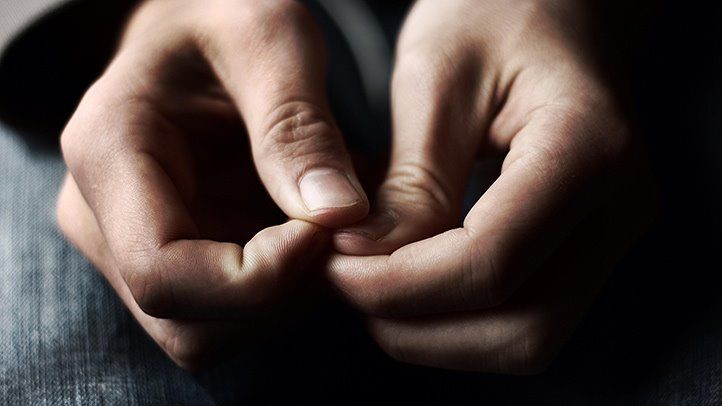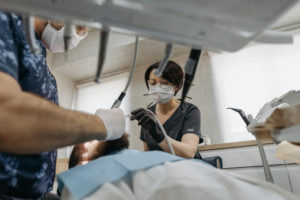According to research conducted by the Pew Research Center, the majority of teenage boys and girls in the United States think anxiety and depression are major problems in their age groups. They aren’t wrong, either. Studies show that mental health ailments are on the rise among people aged 13-17 and it’s due to things such as pressure to get good grades, bullying from peers, and poor body image. Teenagers who have untreated anxiety and depression often turn to self-harm, alcohol, drugs, and other problematic “fixes” for their poor moods. What’s perhaps more interesting about this information is teen girls are more likely to experience these problems than teen boys are.
Teen Girls Are At Higher Risk For Anxiety Than Male Counterparts
Teenage girls experience anxiety and depression at roughly twice the rate that teenage boys do, and there are a number of factors that could contribute to it. Some research shows that part of the problem lies in development. Girls often start puberty earlier than boys, which typically leads to unexpected and sometimes unwanted attention from their peers. This may lead young women to become more concerned about their appearance, how others perceive them, and how they can look “better” according to society’s standards.
Education is another major factor that may contribute to young girls experiencing higher rates of anxiety and depression. Girls are more likely to want to attend a four-year college and thereby more likely to worry about which schools they’ll get into. This can lead to anxiety about homework, extracurricular activities, scholarships, application letters, and more. If you notice that your teen girl is experiencing anxiety related to college or for any other reason, it’s a good idea to look into natural remedies for anxiety in teenage girl.
Differences in Brain Chemistry & Hormones
The chemistry and hormones that lead to puberty are often the culprits behind teenagers becoming depressed and anxious. When puberty begins, the brain releases the GnRH hormone, which triggers the pituitary gland to begin producing FSH and LH. People who were assigned female at birth have a primary sex hormone of estrogen while those assigned male at birth have testosterone. All genders produce androgens as well, although boys have a higher level.
Around the ages of 12-13 for AFAB people and 13-14 for AMAB people, physical changes start becoming more obvious, which is often a reason that people start to feel depressed and anxious. This is also when teens experience bigger mood swings, stronger emotions, and more impulsive thoughts. Estrogen is also known to increase the risk of depression, which is why girls are more likely to experience it throughout puberty.
Sometimes, brain chemistry is the problem. This is especially true in the form of ADHD. Although more commonly diagnosed in males, this disorder affects all genders and can cause hyperactivity, lack of focus, problems with grades, inability to keep a job or maintain extracurricular schedules, and more. It’s important to understand the signs of ADHD in teens and get your children tested if necessary, as it will greatly improve their quality of life.
More than 13% of teenagers deal with depression and anxiety. You can help your teen fight these problems and even overcome them by talking with their doctor about Brillia for anxiety and other treatment options.





Be First to Comment